
THE
ANNEX
NEWS





More than a dozen portraits of the current President of the United States
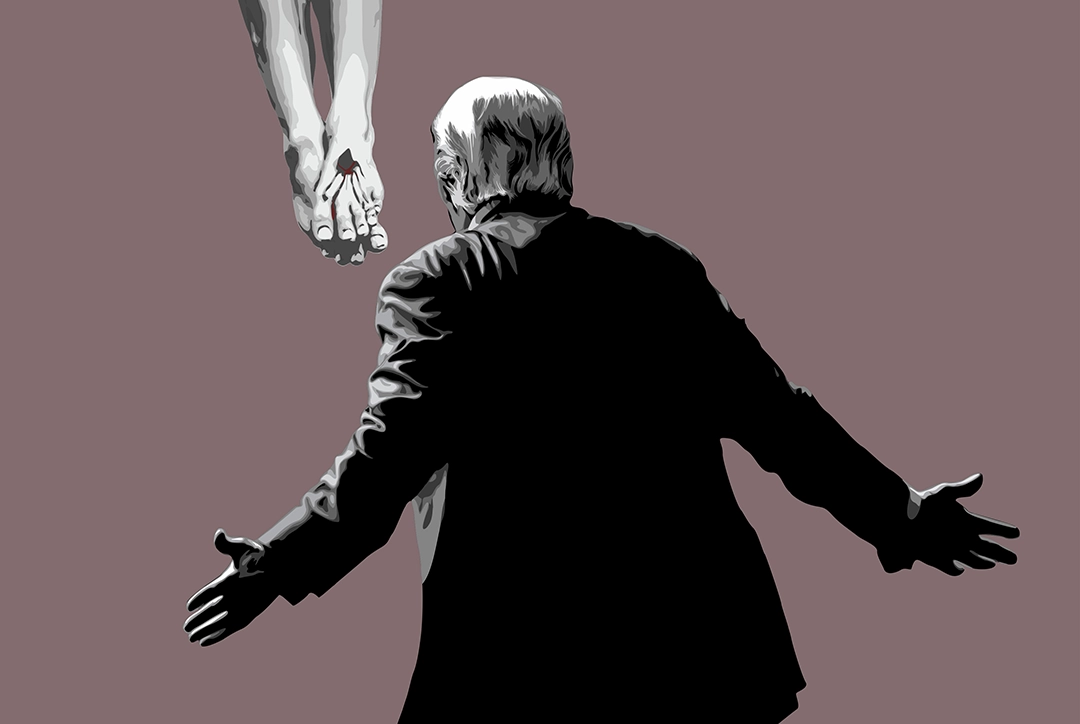
What?, 2018
Acrylic on Canvas | 47½ × 32.68¾
Jorge Rodríguez Diez, known across the cultural circles of Havana, Madrid, and South Florida as R10, began his series on Donald Trump on November 9, 2016, only hours after he had won his first election.
In the artist’s own words, it was an unexpected turn and a stark reminder that in today’s world anything—however unlikely or unthinkable—may indeed happen. The very first piece in the series was immediately acquired by collectors from North Florida, curiously together with a portrait of Trump’s predecessor, Barack Obama.
Trump’s presidency unfolded in what R10 perceived as a violent term—far removed from the poise and decorum associated with traditional diplomacy. From its onset, the world seemed divided into two irreconcilable camps: those in his favor and those against him. That radical polarity defined his mandate.
For Cuba, the consequences were dire, even for those accustomed to surviving within the perpetual crisis that has weighed on the island for more than four decades. Artists and their surrounding ecosystem—gallerists and collectors above all, though less so critics and writers—were particularly affected.
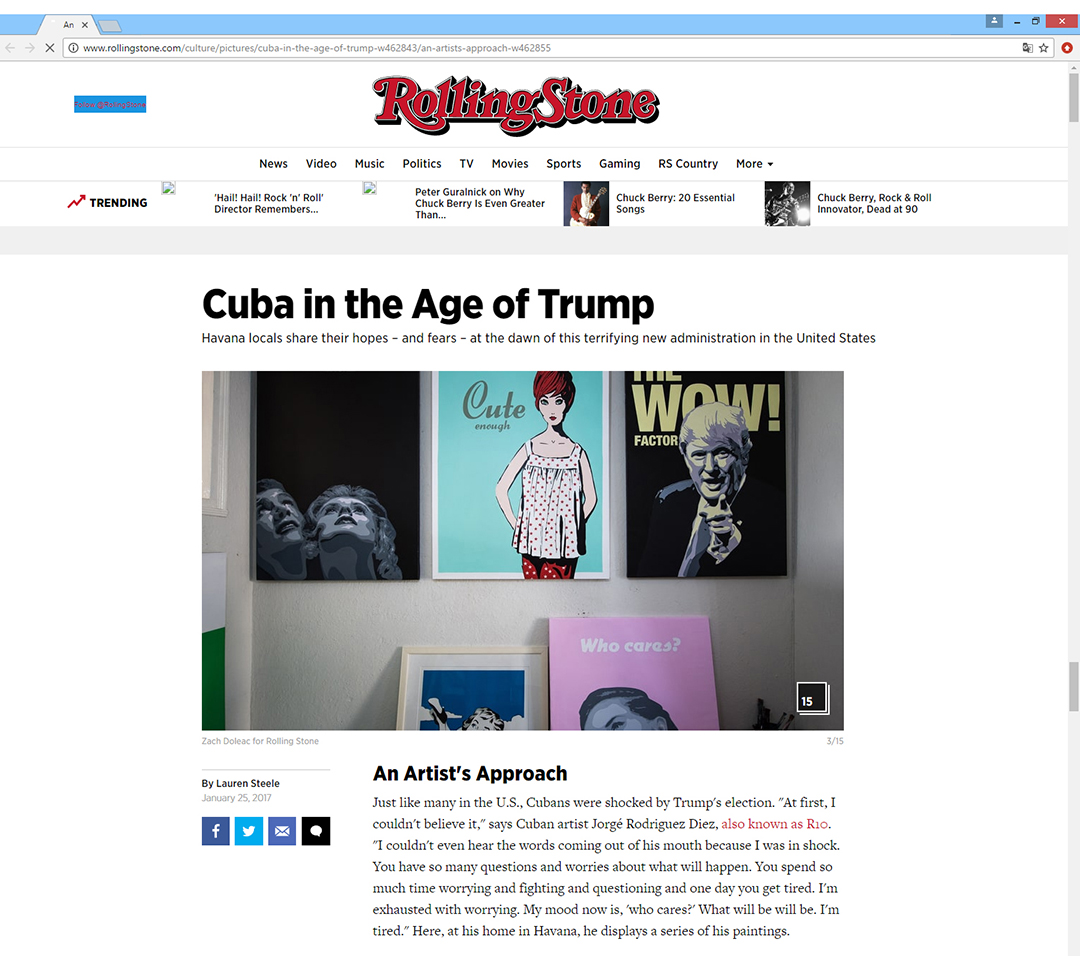
Publication in Rolling Stone magazine featuring the first piece of this series. The Wow Factor, January 2017.
Until then, Cuban artists had been regularly visited by groups of collectors and enthusiasts drawn not only to Cuban art but to much of the artistic production of the so-called Third World. The ingenuousness that often emanated from these works—rooted in the naivety of their context—rendered them curiously impervious to the sharper critical frameworks of other cultural milieus. Cuban art was collected for many reasons, not least its affordability, and also because, at that moment, “Cuba” itself had become a brand. In 2016, Havana hosted two unprecedented events: on March 25, the Rolling Stones performed before hundreds of thousands at the Ciudad Deportiva, and on May 3, Chanel staged a fashion show along the Paseo del Prado. Elsewhere such events might have seemed routine; in Cuba they were nearly unimaginable. This sudden international gaze brought hope not only to the art world but to the broader private economy.
Trump chilled that atmosphere from the very first minute, acting as a destabilizing force for Cuba’s fragile private sector and informal economy. Living standards declined markedly. By the end of his presidency—compounded by the COVID epidemic and disastrous revisions of Cuba’s economic policies—conditions had become precarious.
Trump was not, of course, solely to blame. Yet he felt like an omen, a bird of ill fortune. He altered the color of the sky, changed the taste of coffee. Subjective impressions, no doubt—but then so are love and hatred, unquantifiable yet devastating in their effects. Out of this emerged a potent symbol: for some an emblem of absolute good, for others a cipher of unmitigated evil. Always hypertrophied, no matter the perspective.
This series—The Big Fish—was made possible through the support of the Bridges Not Walls project. Their sponsorship enabled the creation of works that had little commercial future yet were understood—by both the project and R10’s studio—as essential: as testimony, as warning, as a record inevitably shaped by affinities and by a particular vision of the world.
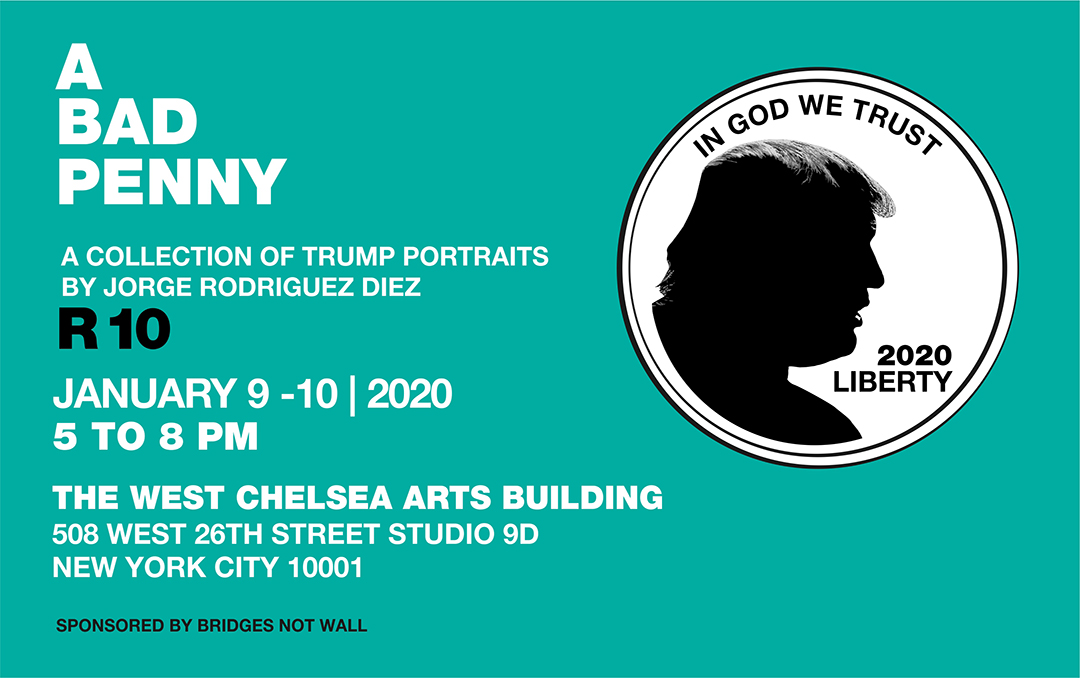
A first selection was exhibited in New York in January 2020 at the West Chelsea Arts Building. Two months later, the world was confined to its homes by a global pandemic. The series continued in isolation, through those dark months, and was presented again in expanded form at The Annex Gallery in April 2021.
After this second exhibition, the intent was to consign both the works and that controversial presidency to storage, out of sight and out of mind—beyond the reach of partisans and detractors alike. To the surprise of many, history repeated itself. The circumstances demanded a revisitation, once more. Almost certainly the penultimate one. Hopefully, the last.
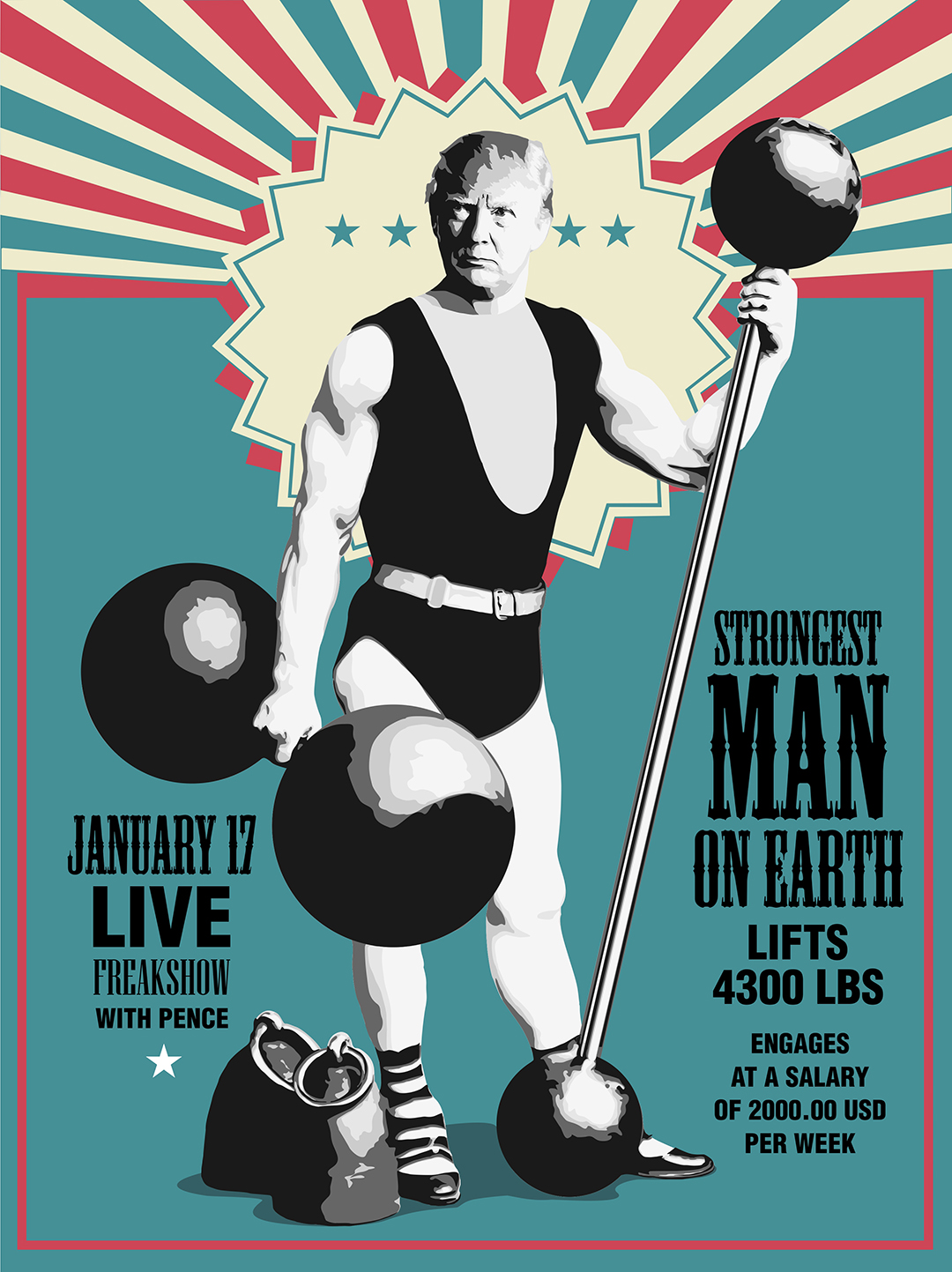
A day in the Circus, 2018
Acrylic on Canvas | 50 × 34 in
Each painting is an original, acrylic on canvas, and together they chart the evolving phases of the project, in relation to the moment, the mode, and the spirit in which each was produced. Some are simple, others painstakingly labored. For R10, they carry a deep mysticism. Their making and their exhibition were bound to dramatic changes in his personal life—some for worse, others for better. It was, at once, a political and historical catharsis.
It may be a long time before they are shown again. For many reasons. Above all, because few wish to hang such contentious images in their homes. These are not presences one easily admits into intimate spaces. They would spark political arguments among visitors and family alike.
Trump, together with COVID and the delusions of Cuba’s economic gurus, helped bring about a perfect storm that displaced more than a million Cubans. One of the reasons—though by no means the only one, yet a genésico one—that the freshest energy and best initiatives of Cuba have spread more across the world than within its own soil.
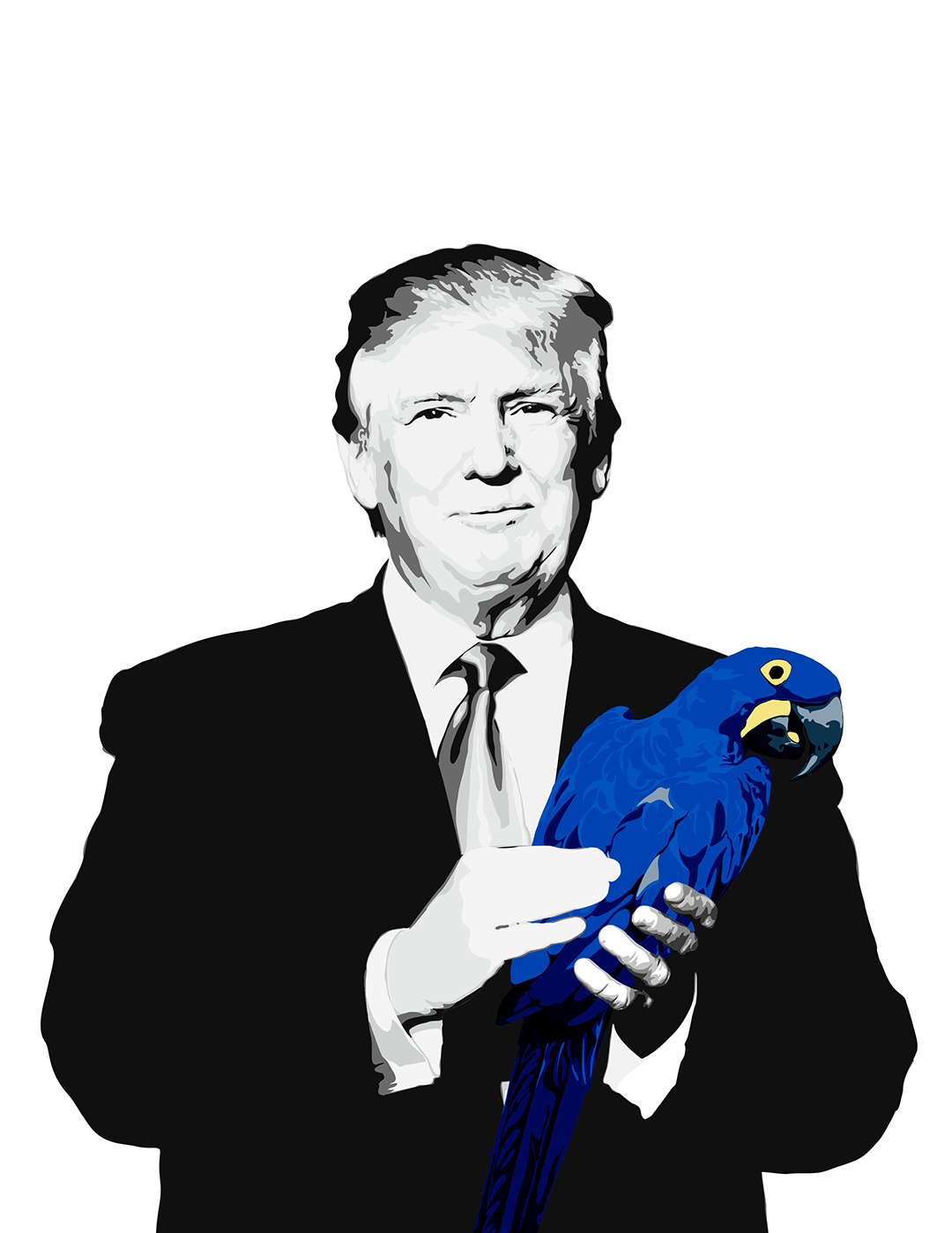
The Great Sponsor, 2018
Acrylic on Canvas | 50 × 34 in





Philately was one of the small devotions of my childhood. I inherited hundreds of stamps from my father. I could never say whether he collected them himself or simply bought them for my brother and me. Among all of them, one in particular held my gaze with disproportionate insistence: a reproduction of The Sleeping Gypsy, the 1897 painting by Henri Rousseau that I finally saw years later at the MoMA.
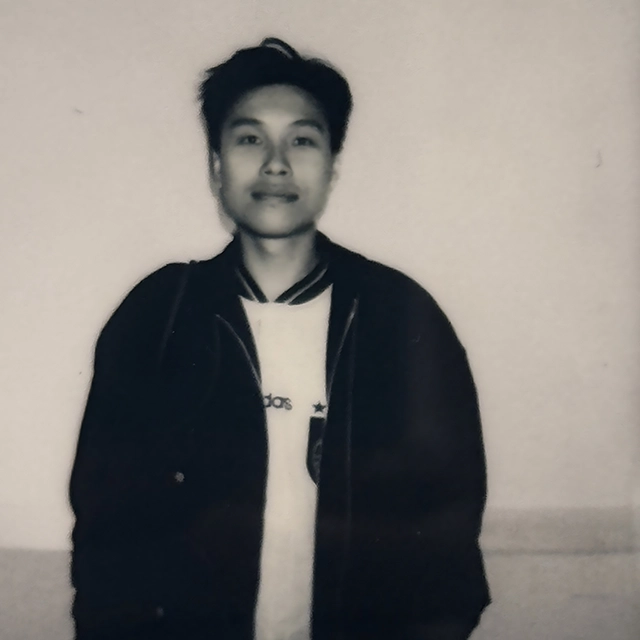
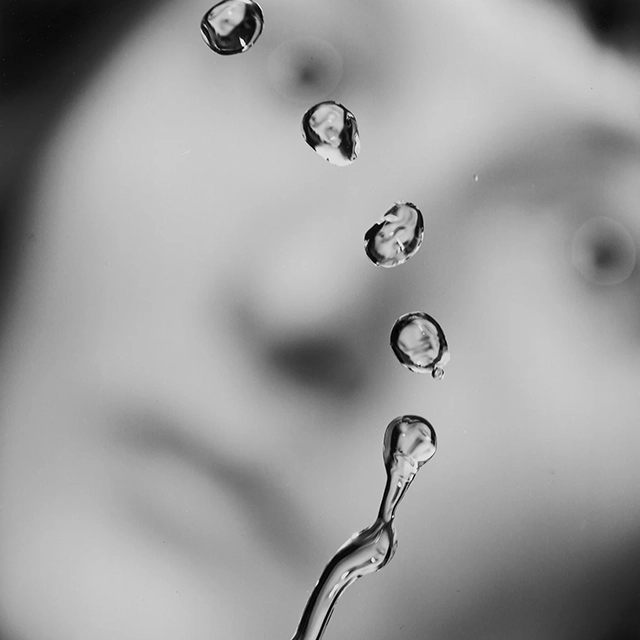
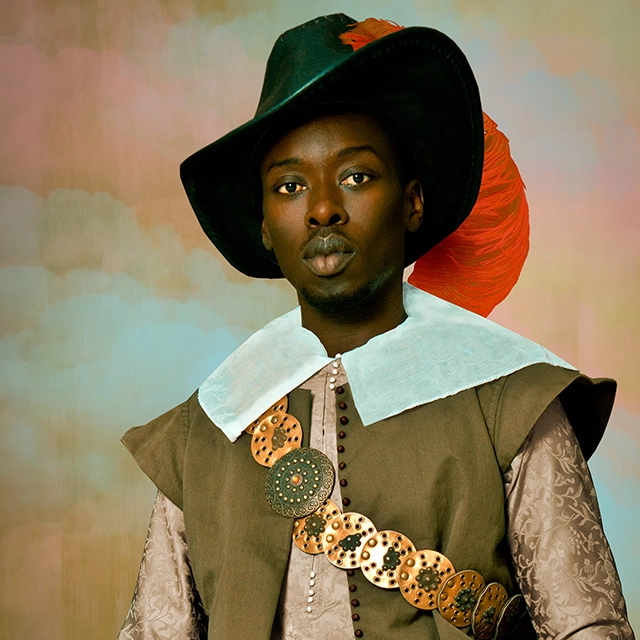
Staged Self-Portraits, Erased Histories and the Recasting of the American Dream

The first solo exhibition of young photographer Mark Duc Nguyen